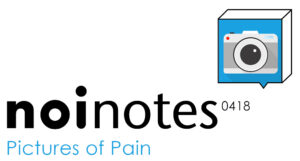
A link between photography and pain?
The speed of photographic technology and the near instant processing within modern digital cameras often obscures that fact that the information about the ‘shot’ is highly processed by the time we get to ‘see’ the image. We might think of photographs as accurate reflections of reality, but they are really just close approximations that are heavily influenced by a variety of contexts, knowledge and understandings of meaning.
Sound familiar?
Might there be a powerful metaphor here for helping people conceptualise pain? Let’s explore.
A (very) rudimentary dive into photography
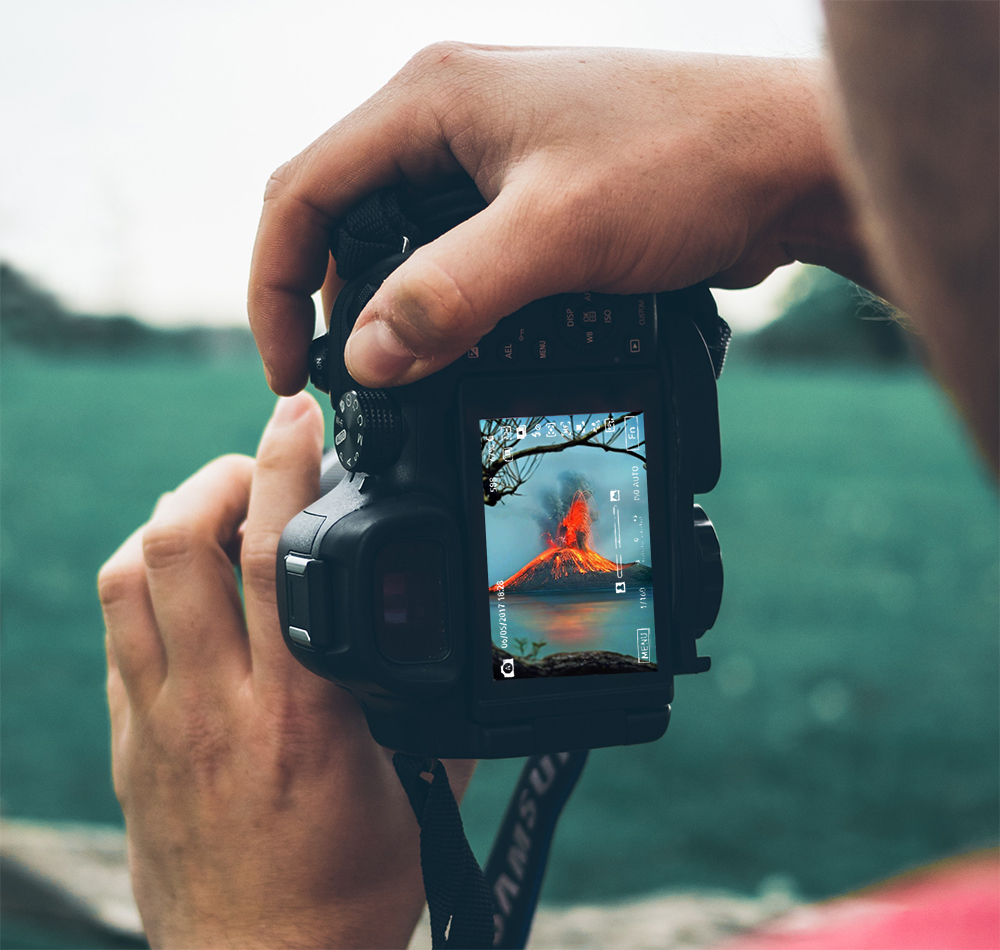
When taking a photograph, light passes through a lens and is captured on sensors within the camera that translate the light into electrical information (maybe some of you will remember when this occurred on actual film with no bits or bytes!). This information is heavily processed and can be modified before an ‘output’ is constructed in the form of a digital image. This information represents a moment in time – although depending on the shutter speed, this can be milliseconds, seconds, or longer (this should be the first hint that an image is not always and true reflection of ‘reality’). Let’s ponder on this some more.
Six reasons to think that a digital image is not a true reflection of what is ‘out there’
One: Before the incoming light even reaches the sensors, it may be modified in numerous ways – the focus, shutter speed and aperture can all be adjusted to alter how ‘the light gets in’. This ‘input’ can then be processed via multiple filters to change the ‘output’… But the ‘input-processing-output’ metaphor can break down here as the output from one process can become the input to another process as multiple filters – black and white, sharpen, light leak, vignette and so on – can be applied one after the other. A better metaphor is a changeable, rolling process of sampling (capturing an image) and processing to construct dynamic snapshots of the state of the world.
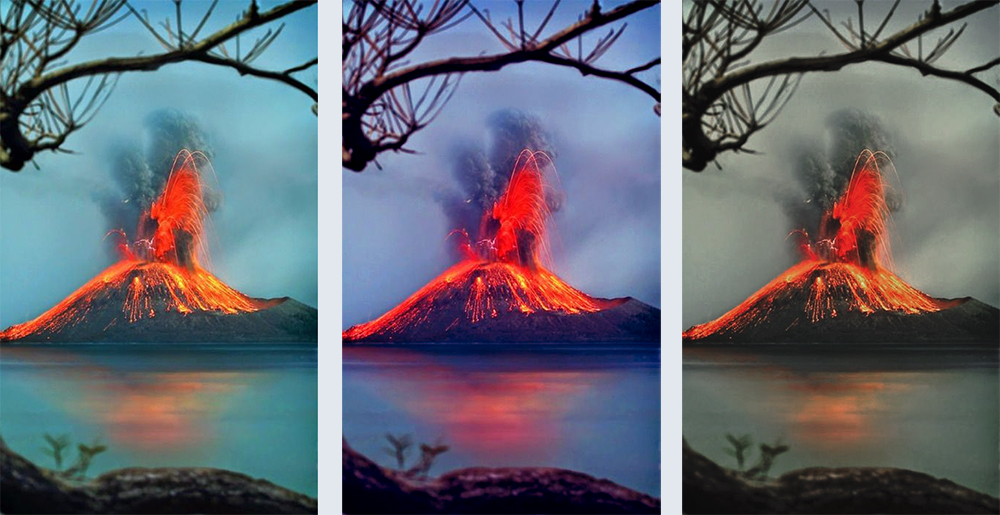
Two: The camera isn’t just a ‘passive receiver’ – it has a powerful flash that can illuminate a scene (to a degree) moments before an image is captured – an ‘output’ before an ‘input’! In this sense the camera can act on the world – altering it – before sampling information.
Three: The camera can be aimed at various targets in order to focus attention on a particular feature. In any photographic composition, what is left out can be as important as what is included and alter our perception of the world ‘out there’.
Four: The zoom of the lens can be adjusted to alter the focal point of interest or composition of the image. But there is a limit to the degree of detail for these snapshots based upon the sophistication of the equipment; the number of pixels per square inch or graininess of the film. Zoom in too far and the image can become pixelated, degraded, lose detail – with fine grained features unable to be extracted.

Five: Knowledge, expectations and experience of the camera operator informs how the camera is manipulated and will alter the image captured. However, many of us don’t have a great depth of knowledge about f stops, aperture size, white balance, shutter speed, manual focus and so on, so we default to the automatic settings so we don’t have to think about these details.
Six: The image that we look at – the thing we perceive – might be a digital print displayed on a screen, or a physical print. The size, resolution, pixel density, brightness and contrast levels of a screen can all drastically alter how an image is perceived. A physical print goes through many processes, with each step able to alter the final look of an image. For instance, the light used to expose the photo paper can be manipulated in many ways; time, brightness, distance of the light source (not to mention the potential for dodging, burning, or other light altering modifications for the photography buff). And then the chemical exposure process to develop the photo paper can influence the image based upon the various chemicals and their concentration and timing for the developer, stop, and fixer baths.
Six segues to pain
One: The sensors in our body aren’t static – they’re dynamic, always changing, altering the ‘inputs’ to our system. But again, the ‘input-processing-output’ metaphor can break down as system ‘outputs’ (chemical or hormonal changes for example) can alter the ‘inputs’ and alter our perception of what is ‘out there’ (the world) and what is ‘in here’ (our bodies) in a constant, rolling, ever changing fashion. These sensors take frequent ‘snap shots’ (samples) of our state of being, including information that is carried to our central nervous system about the threat of harm and potential damage, but we do not necessarily directly perceive these unprocessed samples.
Two: We (humans with brains) are not passive receivers of information. We can act on the world to change the flow of sensory information through movement, and we can change the world to modify how we perceive our bodies and the environment around us. Many factors (biological, psychological, social) modify how we capture and transmit information.
Three: We can change our focus – paying more or less attention to happenings ‘out there’ or ‘in here’ can dramatically alter what we perceive. A complete focus on one can even ‘blot out’ our perception of the other. The information that our brain receives about the state of our tissues then, is not in a direct one to one relationship with the actual state of our body.
Four: The ‘resolution’ of our sensory system is finite and variable. ‘Zoom in’ too close with two point discrimination on the skin of our back and we lose feature extraction. If you experience pain in a body area, the discriminative ability associated with that area can be altered – degraded.
Five: Knowledge, expectations and experience all drastically alter our perception. Many of these processes are ‘automatic’ and occur behind the scenes. But knowledge about how we make sense of the world and our bodies in it, can allow us to change the settings and change or experience.
Six: The final nature of our experience is highly modifiable – sometimes it can be like a digital image, alterable by ‘adjusting the knobs’ of brightness and contrast (attentions and focus?) the size of the screen (salience?) and resolution (meaning?). Sometimes experiences can be like a physical print – highly influenced by the internal chemical makeup of our bodies at that particular point in time, but then ‘set’ and difficult to alter after the fact (might there be a link to experiences such as PTSD here?)
Three key points to the metaphor to summarise
Lastly…
What might these “snapshots” look like for someone in ongoing, persistent pain or someone with acute low back inflammation? How does their brain focus, process, interpret and determine meaning for information about the ‘patient’s volcano’, that is, the state of their back?
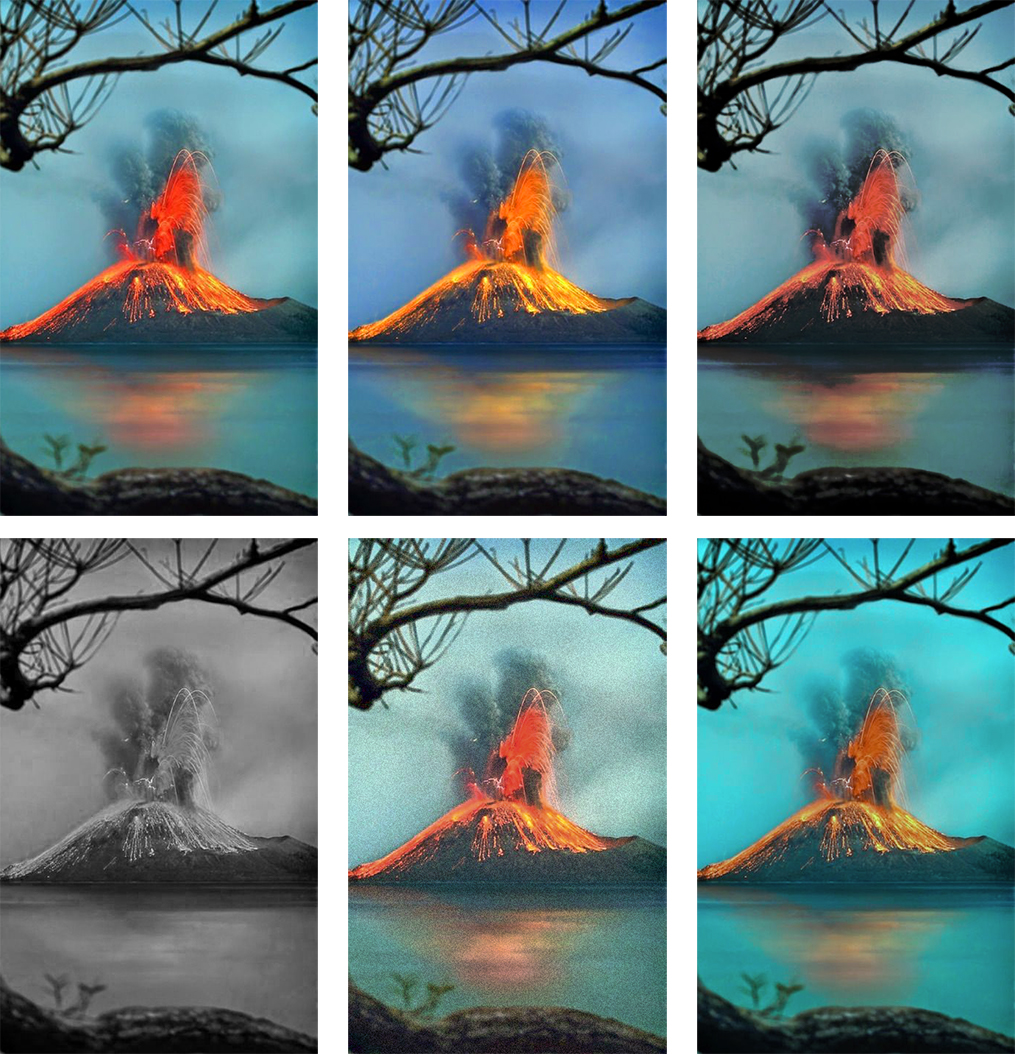
Thoughts, comments, questions? Discuss below.
-Ben Boyd (Feat Tim Cocks*)

Benjamin Boyd (PT, DPTSc, OCS) is currently an Associate Professor at Samuel Merritt University in Oakland, California, where he primarily teaches in the Musculoskeletal Patient/Client Management and Capstone course series. He has been teaching courses on peripheral nervous system anatomy, biomechanics, clinical evaluation and intervention since 2004 and he joined the NOI US teaching faculty in 2013. Ben has written some great posts for noijam and has undertaken research in body image after breast cancer treatment.
*Ben conceived and developed the ideas presented here, wrote the original manuscript and did pretty much all of the work. Tim made a few suggestions, formatted and edited the piece and did very little. But because Ben is a super nice and generous guy, he insisted Tim put his name there too!

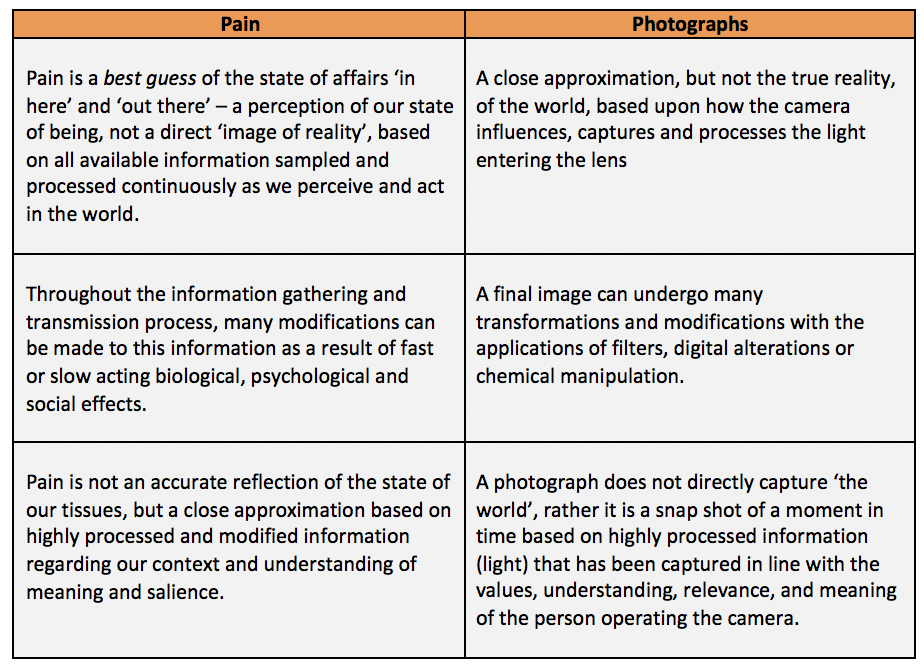
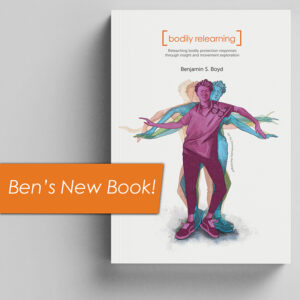
This is a really interesting metaphor. It’s also a curious thing how the person viewing the photo (output) interprets the picture. It will be different for the patient than for the practitioner, and both will be dependant on each of their prior experiences. As a practitioner, we like to think we are non-judgemental about someone’s pain picture, yet we come with our own (often subconscious) filters. This is the challenge we face in clinic- can we step back and really see the whole picture without judgement? In the clinic, the interpretation of the pain picture becomes a joint mission- with both the patient and the practitioner focusing on an outcome. The joy comes when the pictures align and there is clarity of a shared vision of health!
Hi Angela, what an excellent idea and brilliant extension of the metaphor!
Cheers
Tim
All well,and good, and explained well, however my chronic pain of longstanding remains, regardless of how many explanations are given to me.
Hi Pam
Sorry to hear that you’re still experiencing persistent pain. I would like to thank you for commenting as you raise a very important point. Education as a health intervention is much, much more than this just delivering information of giving explanations. An up to date health professional should work with you to develop an active plan to treat your pain and gradually get back into the things you want to do in life as best as possible – based on your specific needs and situation. While it would be inappropriate to provide any specific advice in this forum, here are some general ideas and questions to ask any health professionals- Make sure any prescribed help makes sense to you; avoid total dependence on any one health professionals; set recovery goals that are important to you and make sure the health professionals is aware of them and working with you to achieve them. Ask and health professional- what do you understand about pain? what is happening in my body? what can i do for it? what can you do to help? what is your plan for treatment? what evidence supports your treatment/advice?
I hope you are able to find the people that can help you answer these questions and get you on the right path.
Thanks again
Tim
Neat analogy.
And the image on the sensor is actually registered upside down because of what the lens does.
The image is monochrome too. Colour data is part of the rendering process.
Cheers.
Great point on the upside down image- similar to the retinal image on our eyes!
I like the metaphor very much. Quite easy to catch, and several key elements embedded in it (plus, as above), the observer interpretation. Tim, would I have your permission to use this, with your descriptions and images in future lectures I might give to physiotherapy students? and if so, do you have it in a format that would be easy for me to capture the photos into a Powerpoint format? Thanks, Katherine
Hi Katherine, just flick me an email tim@noigroup.com and we can sort something out.
Thank you for such a wonderful piece of writing Ben. As you say the quality of the camera and the proficiency of the operator handling the equipment has much to do with the resulting photograph . How to achieve the best working relationship between the two and capture the beauty of the outside is an ongoing development. Comparing the scene you want to capture and then the image on the screen, repeatedly looking out and in can produce good results. However, sometimes the best pictures are taken quickly with minimal thought, no worries or expectations about capturing the best picture ever. You are not even sure how the camera really works Just see and feel the balance that you desire and SNAP. The beauty is seen and the pain disappears. The more we experience that point we no longer need to ask the question how.
Lovely thoughts Alison, thanks. To me this speaks to the skill of the photographer (therapist) a skill that can be learnt (mostly, i think), and a skill that comes from very careful observation and paying attention to the scene (the individual) in front of us. Another great extension to the metaphor.
There are so many wonderful metaphors Tim I could speak to you all day about them! With what kind of eyes are we looking at the scene is a great one to contemplate too ?
Thanks Ben,
This is all very helpful and not only for photographers with persistent pain.
I can’t take a snap with my phone now without thinking ‘what am I really capturing’.
Dave